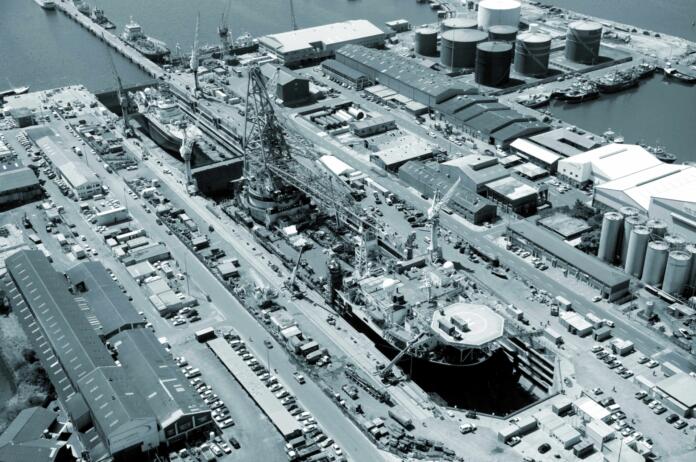ONE of the most significant challenges facing large scale adoption of renewable energy boils down to one problem: How can we efficiently store and transport clean energy? Hydrogen provides an answer to both providing incomparable quantities of energy as well as being relatively easy to store and transport. Furthermore, hydrogen can be produced in collaboration with renewable energy almost anywhere globally. It uses one of the planet’s most abundant resources (water), and it has the potential to produce zero carbon emissions. By many accounts, hydrogen will be the energy source that drives humanity into the third industrial revolution.
The goal of reducing carbon emissions creates a unique opportunity for African nations to benefit. Fundamentally, Africa is positioned to become the preferred location for green hydrogen exports due to the expansion of renewable energy infrastructure, greater land availability, and easy access to water sources and port facilities.3
Strategically, the Western Cape is aligned with the increased adoption of renewable energy resources to restrict the negative impact of climate change and improve the competitive advantage of industry against export markets. In support of this strategic objective, MEC David Maynier launched (August 2021) an Energy Resilience Fund to the value of ZAR13 million to qualifying municipalities for research and planning to determine the requirement and potential costs of the renewable energy projects that the government will be developing to build energy security and buffer households and businesses from load shedding in the Western Cape.
Similarly, Boston Consulting Group conducted a green hydrogen market analysis identifying Saldanha Bay as one of three critical locations for substantial hydrogen export.6 The factors which competitively place Saldanha Bay apart from other coastal regions are the presence of the natural deep-water port, sufficient land and synergies in solving for water security, and close geographic proximity to large scale renewable energy sources such as photovoltaic solar and wind.
There are still challenges, but together we can find a way.
Freshwater is one of the reactants required to produce hydrogen, the increased demand for freshwater could significantly increase the severity of water stress within the Western Cape region. Often, “crises present us with unique conditions that allow innovators to think and move more freely to create rapid, impactful change.” An outcome of “Day Zero” was the construction of supplementary and larger desalination plants across the Western Cape. Adjacently, technological developments have effectively produced hydrogen from seawater, which could lead to large-scale hydrogen production and desalination. Here we see that the incremental development of adjacent technologies can holistically improve the water resilience and energy security of the Western Cape.
Overall, the hydrogen industry has the potential to strengthen the relationship between South African industry and the global market. As a result, this could lead to more investment opportunities from supporting nations – similar to the US$8.5 billion deal that was announced at COP26. Furthermore, estimations based on low to high hydrogen demand cases forecast that the hydrogen industry could lead to the development of approximately 14 000 – 30 000 jobs per year.
Hydrogen is an opportunity for Saldanha Bay to become a critical agent in catalysing the movement towards decarbonisation.
For more granular information on How Saldanha Bay Is Positioned to Become a Hydrogen Hub, follow the link – https://www.youtube.com/watch?v=8F-Kpp45Y3Q
Information provided by the Saldanha Bay Innovation Campus.
